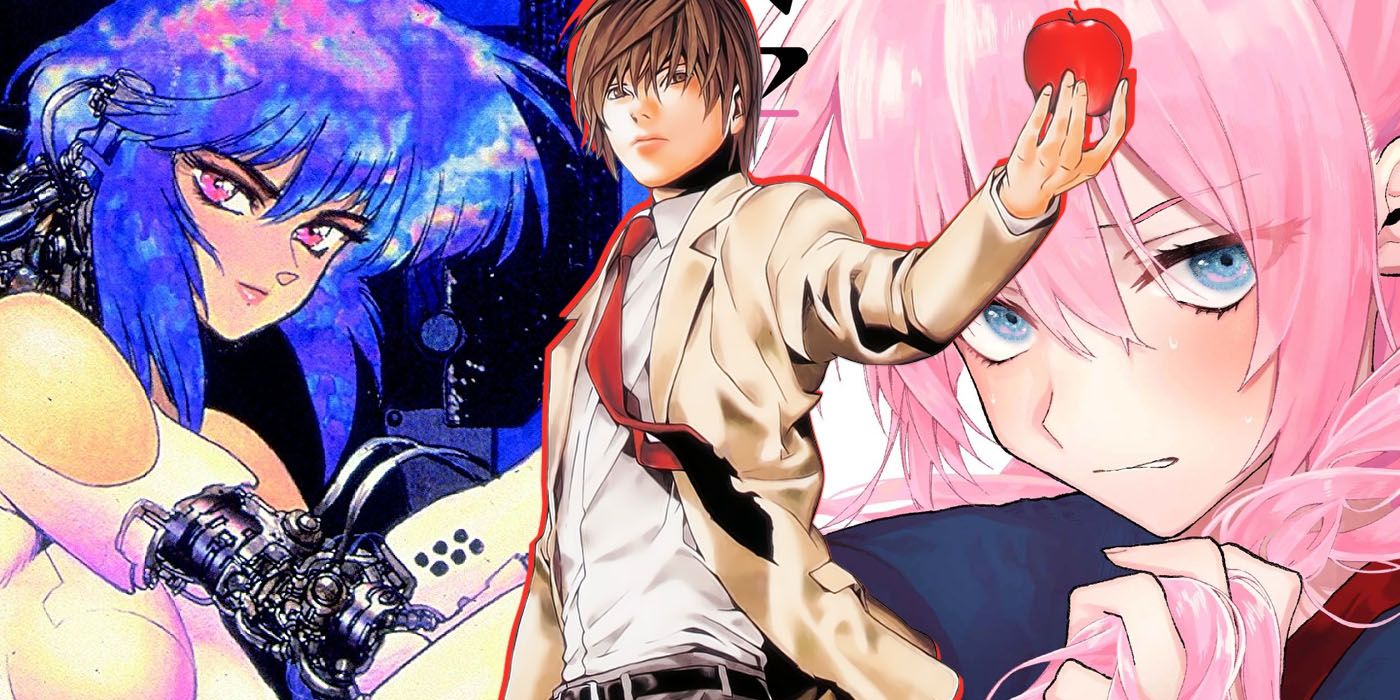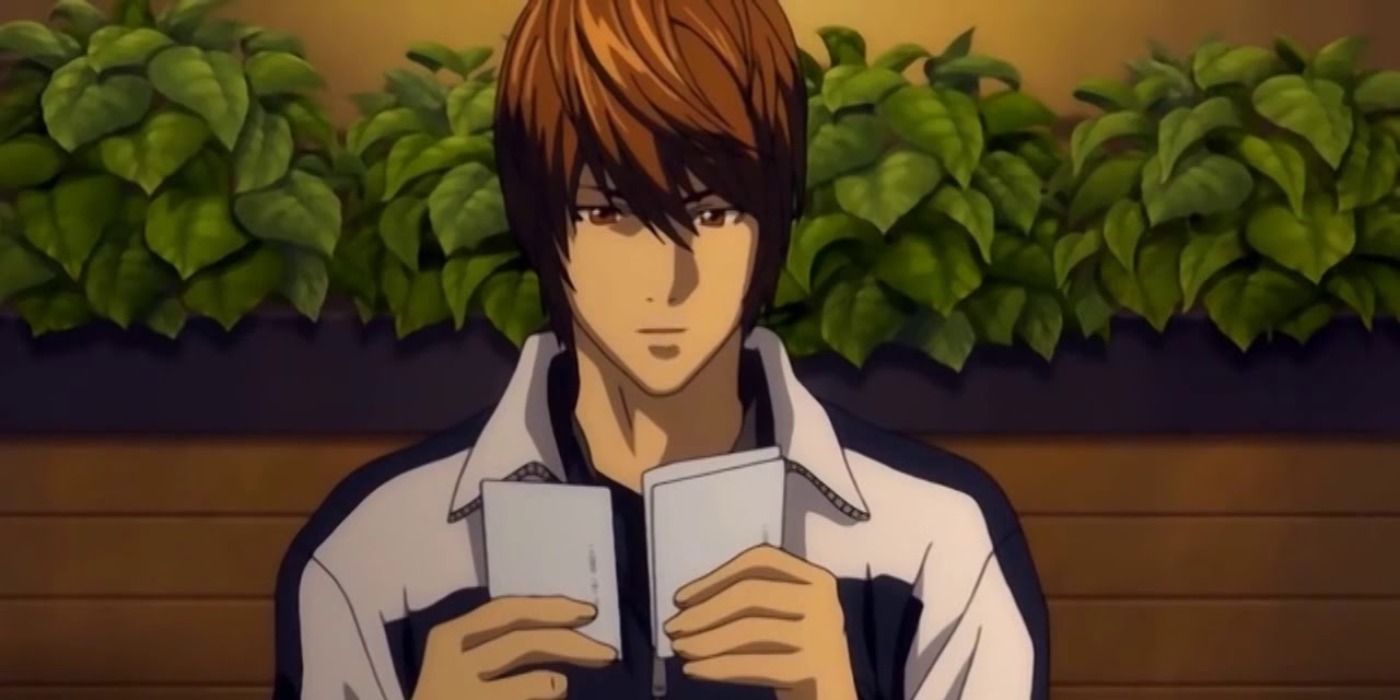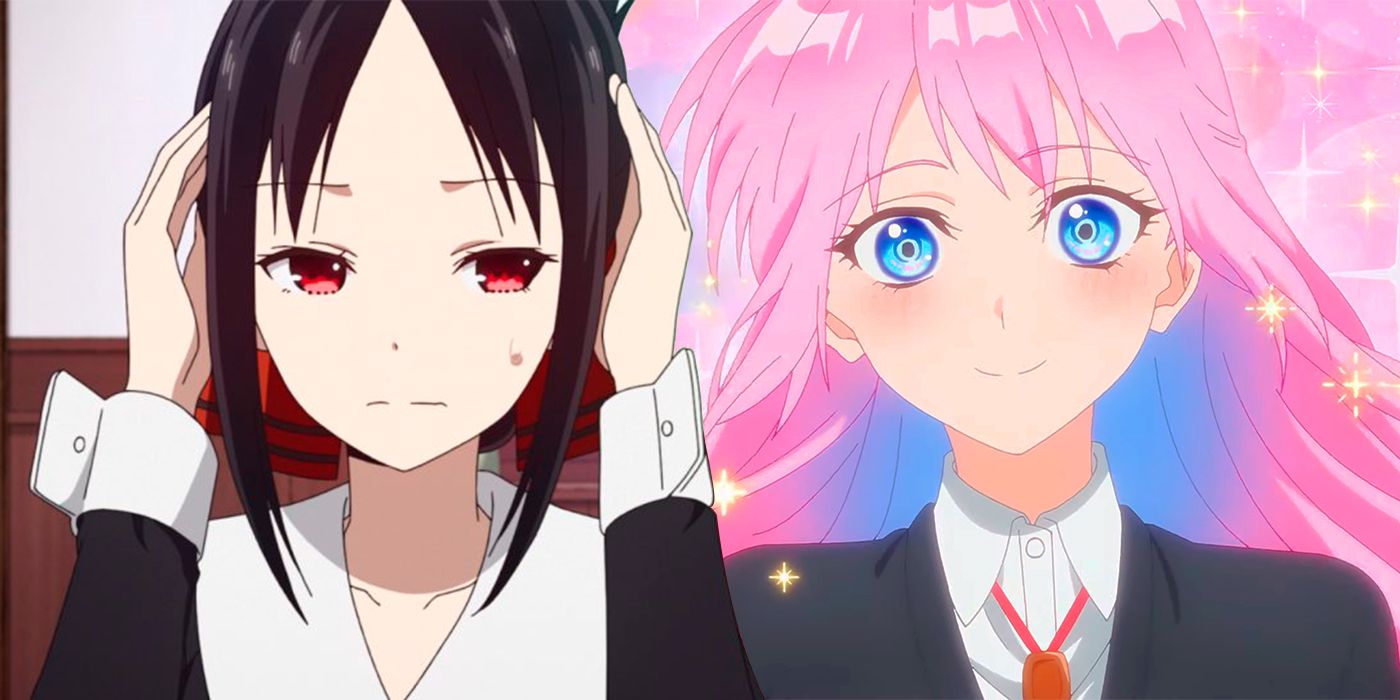Many sci-fi and fantasy anime contain essential elements that could be traced back to contemporary Japanese issues. More importantly, viewers are usually introduced to stateless fantasy worlds and distant lands in a far, far away future. Space Battleship Yamato from the '70s, for example, lands among the perfectly balanced anime by celebrating Japanese cultural notions while preserving the statelessness.
Although there are numerous art styles, it is very much possible to observe common characteristics -- such as large emotive eyes and slim and tall figures -- in most anime. It is significantly easier to see the recognizable features in the fantasy and sci-fi genres, in which characters usually have colored hair and oddly proportioned bodies. Many viewers notice that these characters with huge trembling eyes and colorful hair do not look particularly Japanese -- they belong to a genre-specific group that doesn't have a nationality.
Several Japanese critics believe the word "mukokuseki" -- meaning "stateless" and referring to the lack of physical features indicating one's ethnic background -- is the most appropriate term to describe certain anime characters. The most apparent reason behind mukokuseki is creating a diverse cast and helping the viewers distinguish between different characters. That comes in handy in series set in Japan, where people typically have dark-colored hair and eyes.
However, it gets interesting and somewhat problematic when there is a large cast of Asian characters, and one of them -- usually the lead character, like Light Yagami -- looks more like a Caucasian character. Fans consistently ask why anime characters look extremely non-Japanese, and more "Western." From this point of view, anime could work as a black mirror that reflects Japan to the West.
As if the Caucasian-looking lead character among a Japanese-looking cast is not enough, mukokuseki causes problems in most Hollywood live-action adaptations as well. The Western audience is inclined to perceive all animated characters as white unless they have a marked trait specified by the storyteller or stated otherwise. As seen in the examples of the live-action movies Avatar: The Last Airbender, Dragon Ball, Ghost in the Shell and Death Note, Hollywood has a habit of whitewashing the mukokuseki in the anime.
Another popular opinion about mukokuseki believes that anime is another world created by animators (and mangaka) who themselves are mukokuseki. They are not bound to any culture or state: they are simply artists who create extraordinary worlds on paper through stories and characters who are inherently mukokuseki.
Unlike live-action works that usually depend on already-existing details, the artist's hand and mind create the animated space with all the freedom in the world. Indeed, perhaps the reason why anime is immensely and globally popular is not just the beautiful stories and the aesthetic tradition, but also the flexibility and freedom the mukokuseki aspects help to create.



